About this place
Yeagarup Lake
Yeagarup Lake is a small, peaceful freshwater lake in the forest near the start of Yeagarup Dunes.
You can stop here for a picnic or to enjoy the scenery. Take a walk along the curved boardwalk which stretches 30m out into the lake. For those wanting to stay a while, Leaning Marri Campground is located nearby.
Yeagarup Lake is accessible by 2WD vehicle via unsealed roads, and is the gateway to the pristine Yeagarup Dunes and Yeagarup Beach beyond which are 4WD only.
Facilities at the Yeagarup Lake site include a picnic shelters, toilets, and parking area.
Yeagarup Dunes
Experience the awe-inspiring sight of the Yeagarup Dunes rising metres above the surrounding karri forest. The Dunes are a massive land-locked mobile dune system that is moving slowly inland, swallowing the forests and wetlands in its path. The journey across the dunes is challenging, yet rewarding, with a fantastic landscape awaiting you on the other side. The track over the dunes is through soft sand so you will need to reduce your tyre pressure to suit the conditions. Please follow the posts that mark the designated route across the dunes.
Trailers (including caravans, camper trailers and boat trailers) are not permitted on the dunes due to the steep ascent through soft sand.
On the other side of the Dunes is Yeagarup Beach which is great for fishing and sightseeing.
Four-wheel drive discovery
Pemberton Discovery Tours operate trips in four-wheel drive vehicles with experienced drivers, but anybody with their own four-wheel drive vehicle can drive through the Yeagarup Dunes to the coast. A sandy track takes you to the dunes with poles marking the track. Drivers are asked to stay on the designated route to avoid damaging the fragile vegetation of the dune system. Driving through deep sand on very steep slopes is dangerous.
Explore on foot
One of the best ways to explore the dunes is on foot. Be aware that walking in the soft sand can be hard work, so bring enough water and listen for passing vehicles. Remain aware of your surroundings in order to be able to navigate back to Yeagarup Lake, and also be aware of the dual-use nature of the sand track to the dunes.
Safety information
Plan when to visit. Consider travelling with a personal location beacon (PLB). In the event you need to be rescued it could save your life!
Western Shield - The Department of Biodiversity, Conservation and Attractions undertakes 1080 baiting at this location to reduce the impacts of feral cats and foxes on native wildlife.
Meat baits containing 1080 poison are laid in or around this area on an ongoing basis. 1080 is poisonous to humans and will kill domestic cats and dogs. Pets are not permitted in this park.
For further information contact your local Parks and Wildlife Service office or visit Western Shield.
Gallery
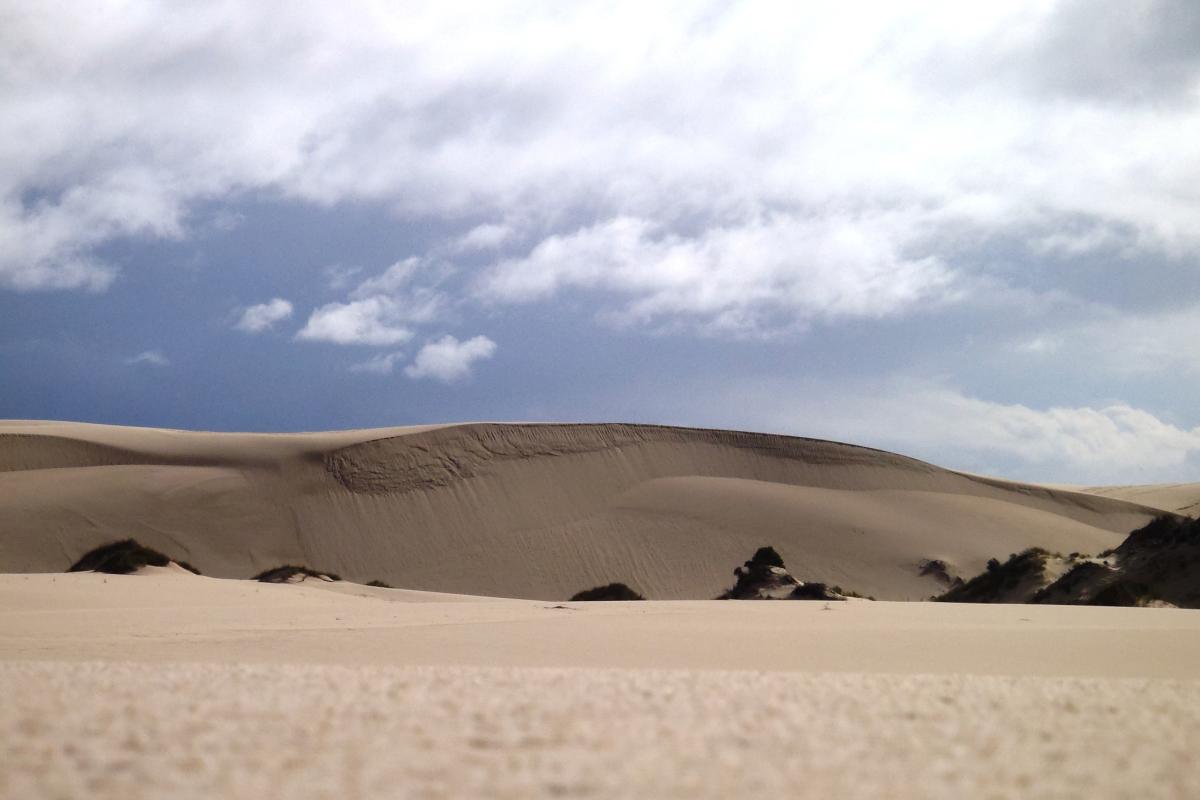

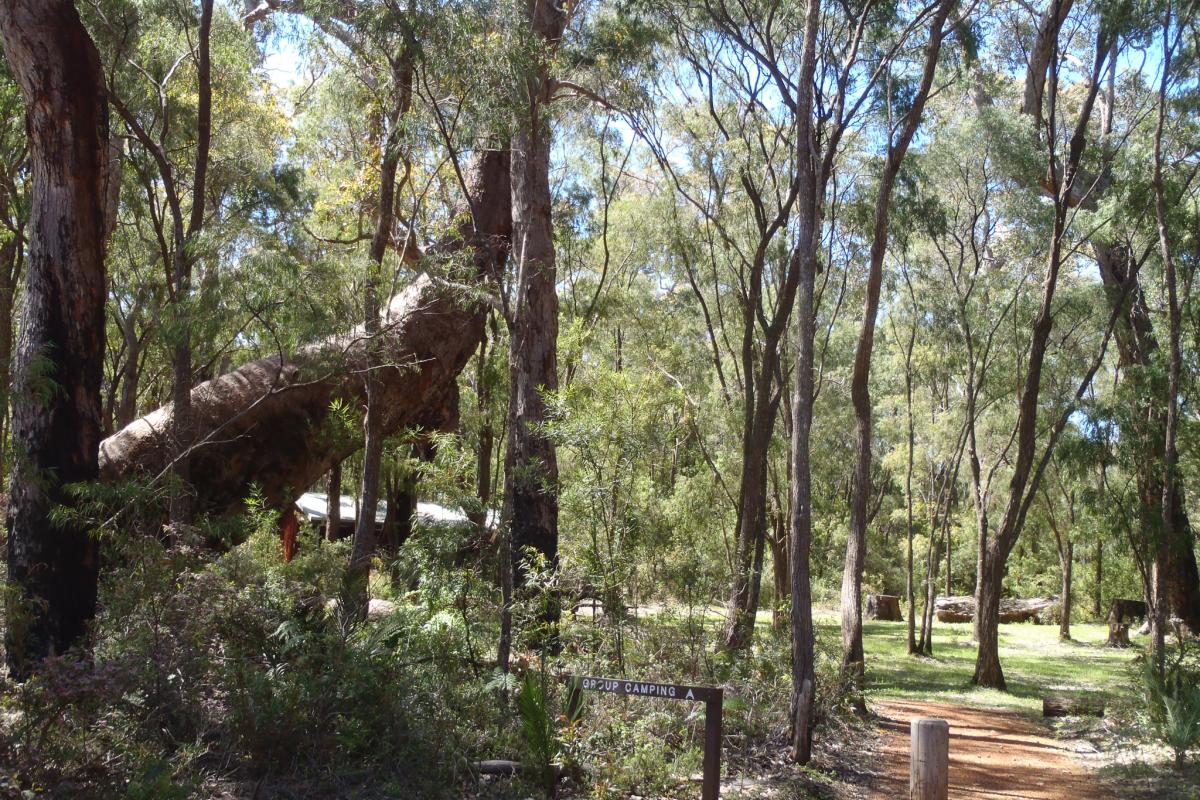
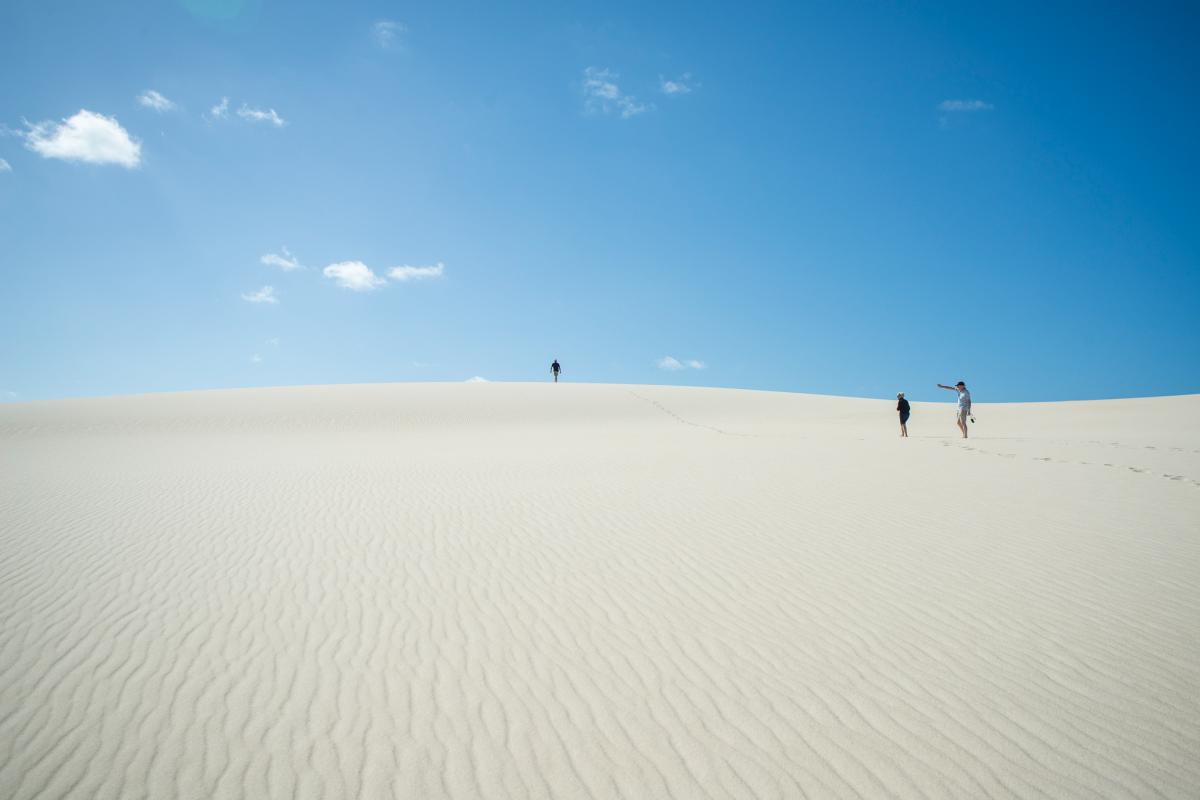

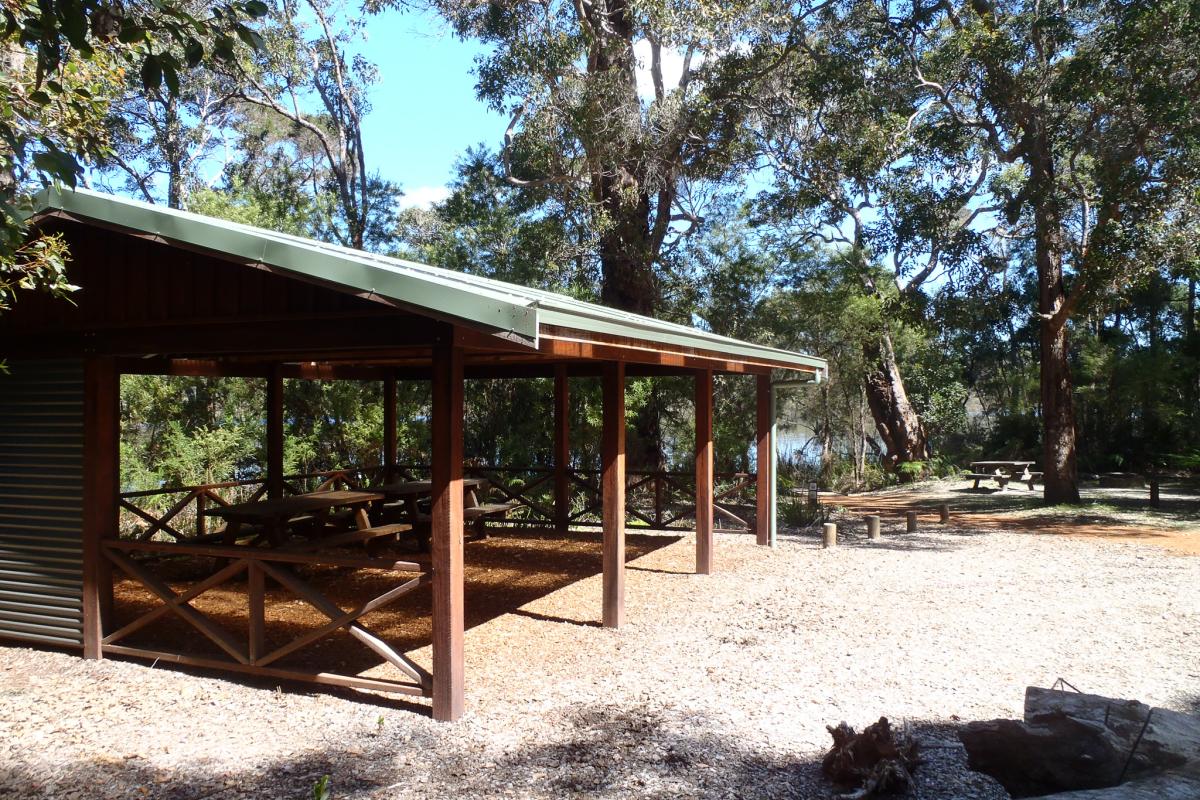
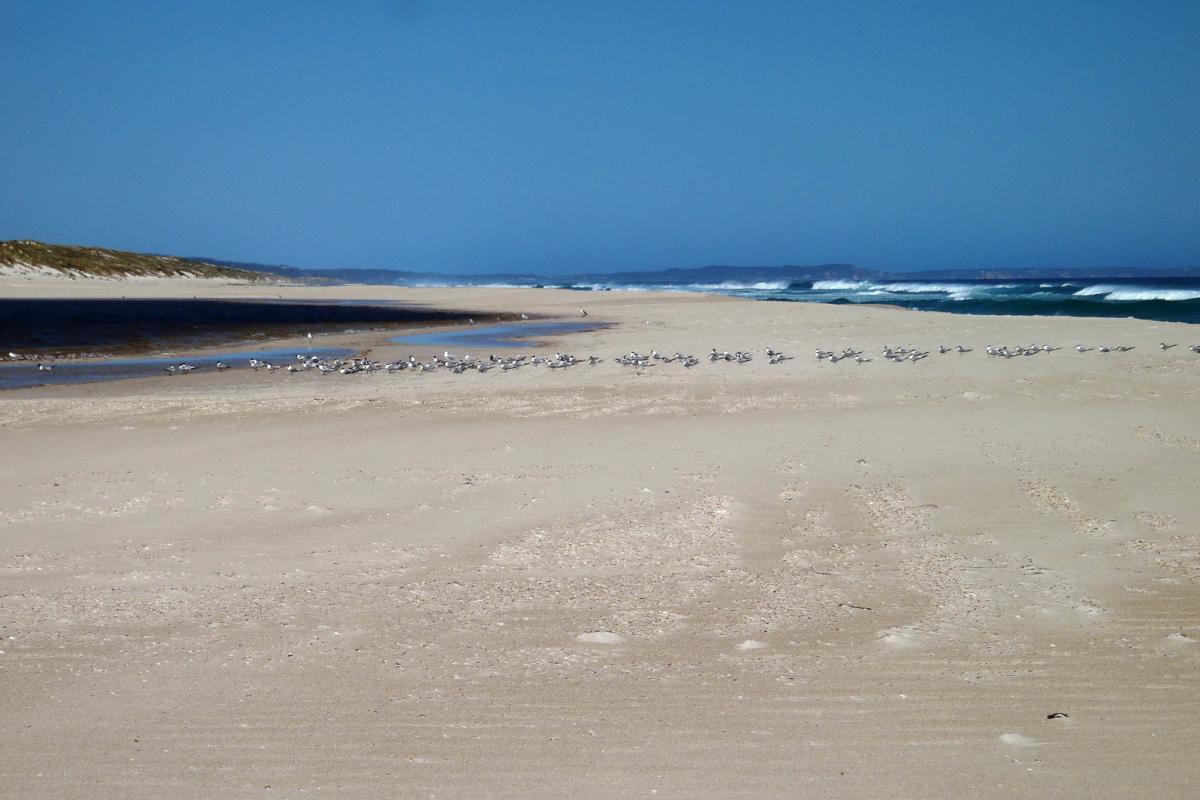
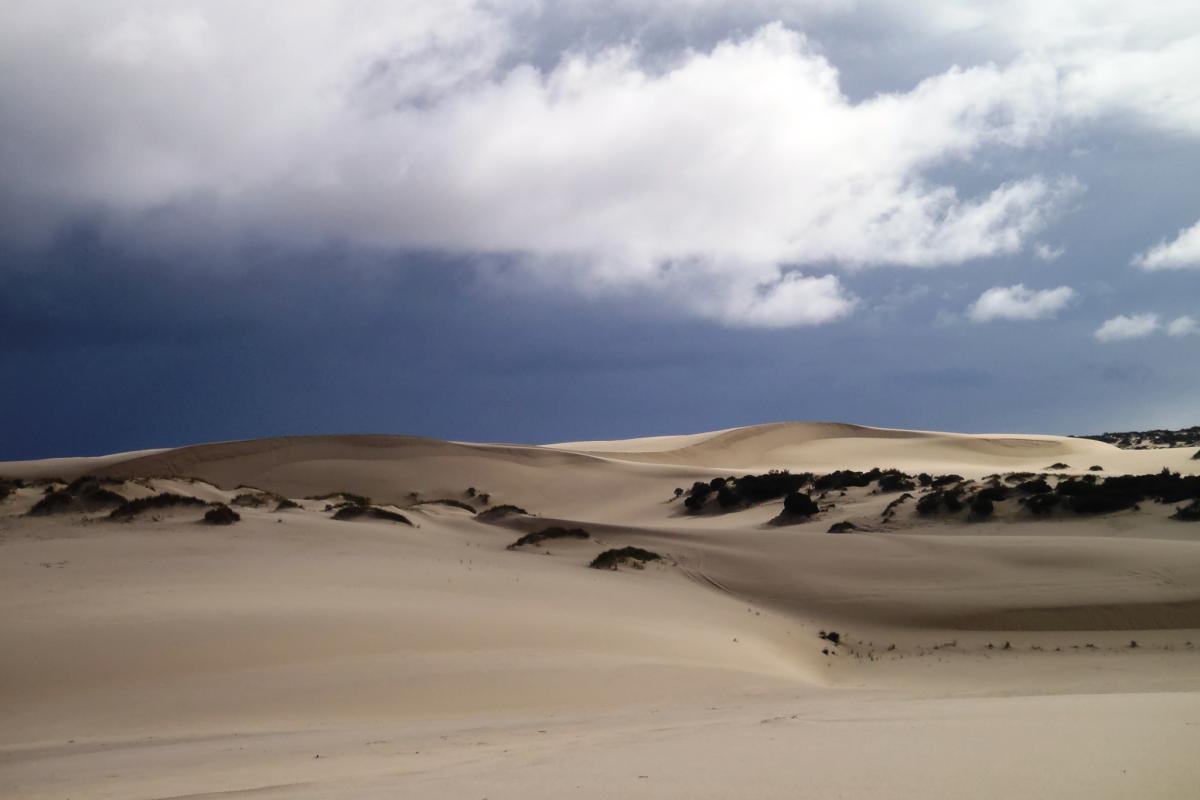
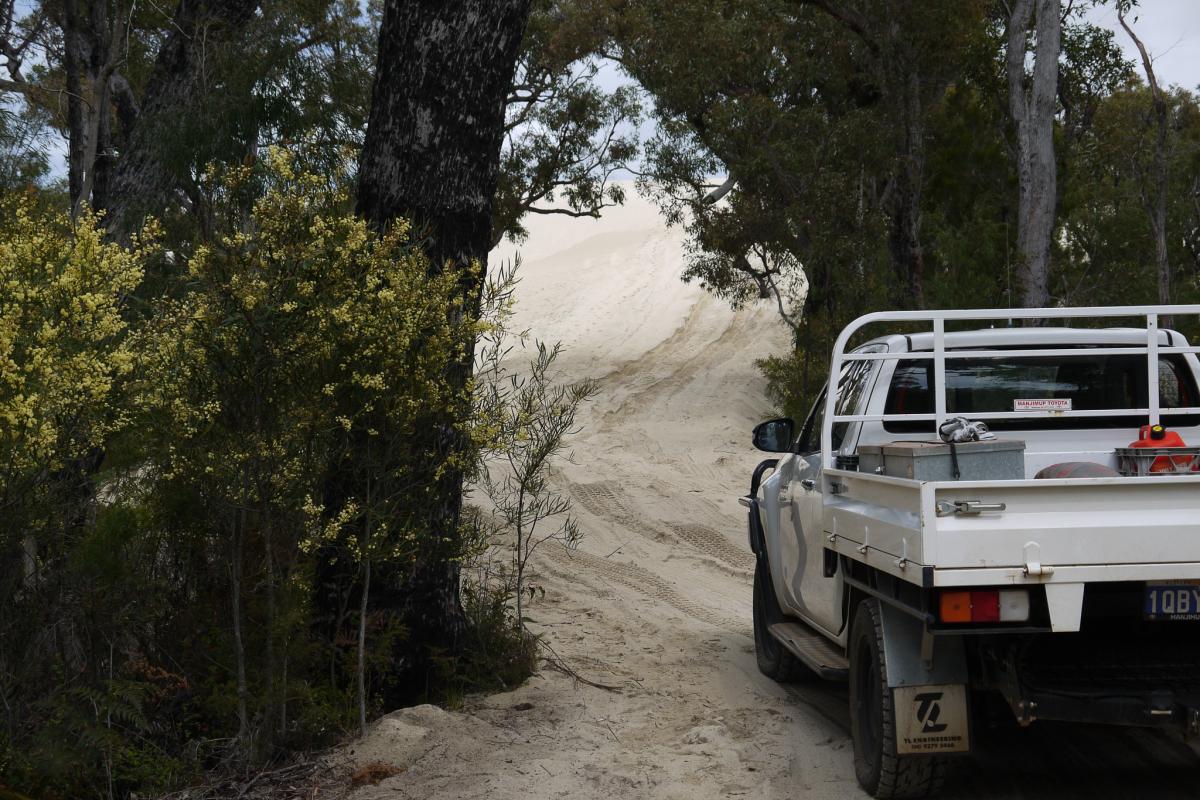

Facilities
Toilet
Activities
 Bushwalking
Bushwalking
 Canoeing and kayaking
Canoeing and kayaking
 Fishing
Fishing
 Four-wheel driving
Four-wheel driving
Plants, wildlife and fungi
Visit the Atlas of Living Australia for a list of species recorded within a 5km radius of Yeagarup.
Traditional Owners
We recognise and acknowledge Minang and Bibbulman people as the traditional owners of D'Entrecasteaux National Park.
There is evidence that Noongar people have lived in South-West Australia for over 47,000 years. The oldest archeological evidence at D’Entrecasteaux is dated at 6000 years, although this does not mean it wasn’t occupied early than this. Erosion of sand dunes within the park has revealed numerous stone artifacts, fish traps, quarry sites, mythological and burial sites. The majority of these are located around the Lake Jasper/ Meerup Dunes area, an area of particular archeological and cultural significance to the Noongar people. Artifacts have been found 10 metres below Lake Jasper’s current water levels, indicating a number of major campsites existed here when the lake was a prehistoric forest.
Wandjoo ngaalang kwoba/moorditj boodjar,
Nyoondool djinang ngaalang kwobidak Wardan, balyoongar, bilya, worl wer djinda kada werda ngaalang miya,
Ngaalang koort kalyakoorl nidja.
Welcome to our good/strong country,
You will see our beautiful sea, sand, rivers, sky, and stars across our place,
Our heart always here.